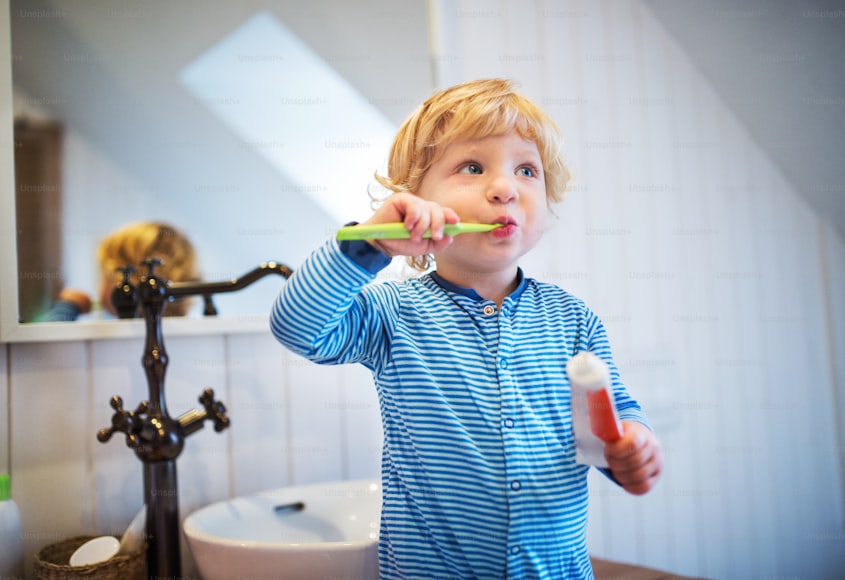Every day, millions of people brush their teeth without a second thought, but what happens when someone has accidentally swallowed toothpaste during a routine oral hygiene moment?
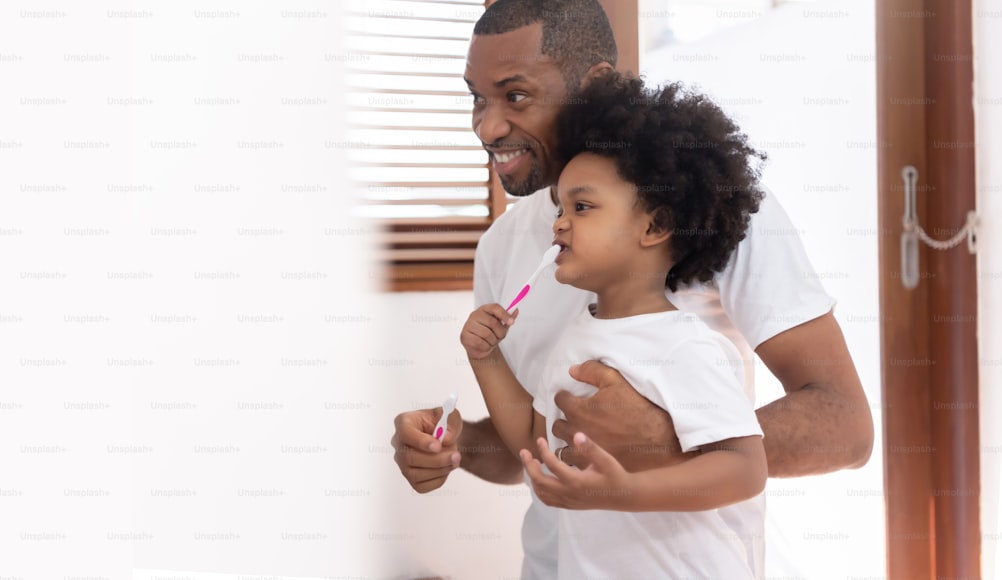
While this common mishap can trigger immediate panic, most incidents are manageable with the right knowledge and swift action. Understanding the potential risks, recognizing symptoms, and knowing when to seek medical advice can transform a moment of worry into a calm, informed response.
Table of Contents
Understanding the Risks: How Dangerous Is Swallowing Toothpaste?
Toothpaste might seem harmless, but its ingredients can pose potential health risks when ingested in larger quantities. The primary concern centers around fluoride, a key ingredient designed to protect your teeth but potentially harmful when consumed in excess.
What’s in Your Toothpaste?
Typical toothpaste contains several key ingredients:
- Fluoride (primary active ingredient)
- Abrasives
- Humectants
- Flavoring agents
- Preservatives
Fluoride: A Double-Edged Sword
Fluoride is crucial for dental health, helping to:
- Strengthen tooth enamel
- Prevent tooth decay
- Reduce cavity formation.
However, excessive fluoride intake can lead to a condition called fluorosis, which can cause:
- Discoloration of teeth
- Potential skeletal issues with long-term, high-volume exposure
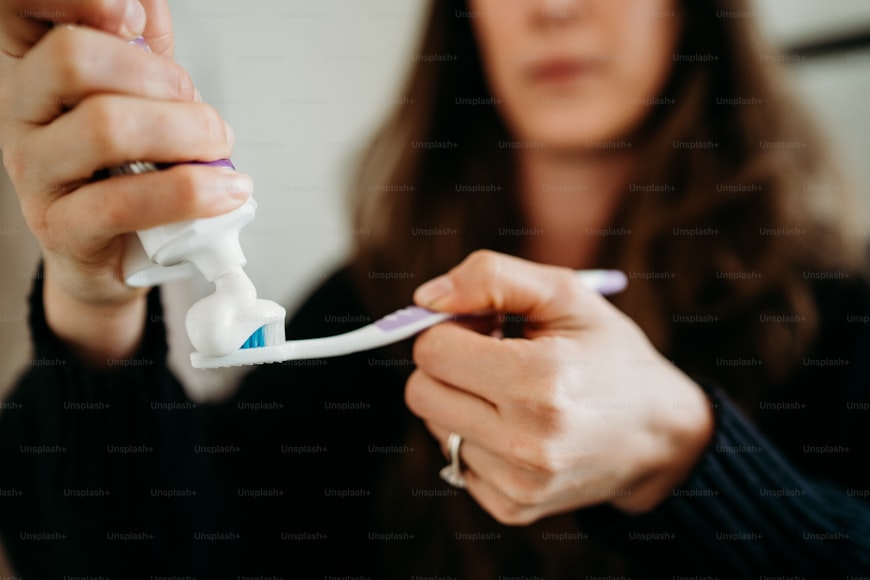
Risk Levels: How Much Is Too Much?
The danger depends on several factors:
– Amount of toothpaste swallowed- Fluoride concentration in the toothpaste- Individual body weight- Age of the person
Adult Toothpaste Warning:
- A typical tube contains about 130-250 mg of fluoride.
- Ingesting more than 5 mg per kg of body weight can cause toxic symptoms
Children’s Toothpaste Considerations:
- Much lower tolerance for fluoride.
- Higher risk of accidental ingestion.
- Recommended to use pea-sized amount for children.
- Supervise children during brushing.
Factors Affecting Toxicity Risk
- Concentration of fluoride.
- Individual body weight.
- Age.
- Overall health status
Remember: While a small, accidental swallow typically doesn’t cause serious harm, repeated or large ingestions can be dangerous. Always consult healthcare professionals if you have specific concerns about toothpaste ingestion.
Immediate Steps: What to Do Right After Swallowing Toothpaste
When you’ve accidentally swallowed toothpaste, your initial response can make a significant difference. Here’s a step-by-step guide to handle the situation:
Immediate Actions
- Stay Calm: Most instances of accidentally swallowed toothpaste are not medical emergencies.
- Rinse Your Mouth: Drink water to dilute any remaining toothpaste.
- Assess the Amount: Estimate how much toothpaste you’ve accidentally swallowed.
When to Seek Medical Attention

Call Poison Control Immediately If:
- Large amount of toothpaste was swallowed.
- Child has ingested more than a pea-sized amount.
- Symptoms of distress appear.
- You’re unsure about the quantity swallowed
Poison Control Hotline:1-800-222-1222 (United States)
Fluoride Toxicity: Recognizing Potential Symptoms
Mild Symptoms (Common after Accidentally Swallowing Toothpaste)
- Mild stomach upset
- Slight nausea
- Excessive salivation
- Mild abdominal discomfort
Moderate to Severe Symptoms (Seek Immediate Medical Attention If You Experience):
- Persistent vomiting.
- Severe stomach pain.
- Difficulty breathing.
- Excessive drooling.
- Muscle weakness.
- Seizures.
- Irregular heartbeat
Symptom Timeline
First 2 Hours:
- Most symptoms, if they occur, will manifest
Within 24 Hours:
- Complete medical assessment recommended if significant amount was swallowed
Risk Factors Increasing Complications
- Small body weight.
- Young age.
- Pre-existing health conditions.
- High fluoride concentration toothpaste.
- Repeated incidents of accidentally swallowed toothpaste
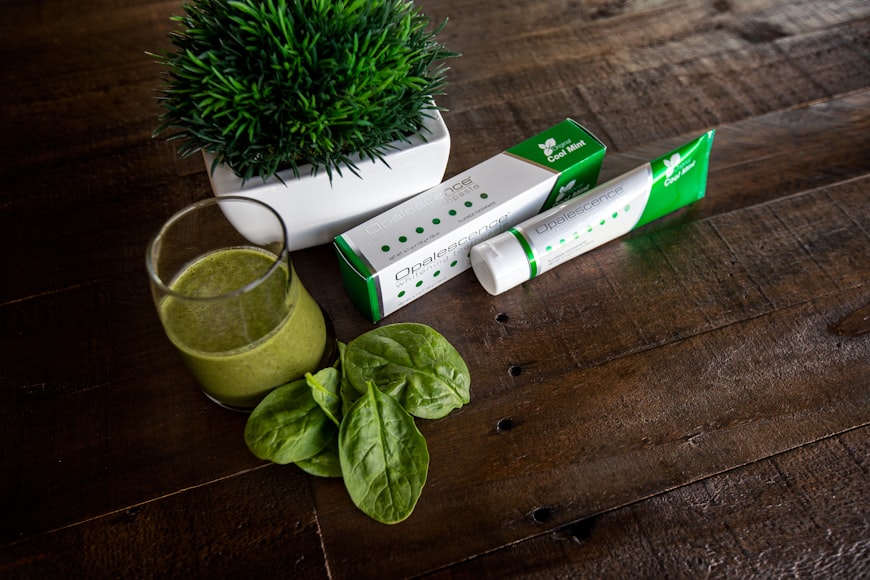
Tip:Always keep track of the toothpaste brand and fluoride concentration when reporting an accidental ingestion to healthcare professionals.
Disclaimer: This guide is informational. Individual reactions vary, and professional medical advice should always be sought in cases of concern.
Safe Storage Practices: Keeping Toothpaste Out of Reach
Toothpaste is a staple in every bathroom, but it’s easy to overlook its storage, especially in homes with young children. Safe storage of toothpaste is essential to prevent accidental ingestion and promote better oral hygiene habits.
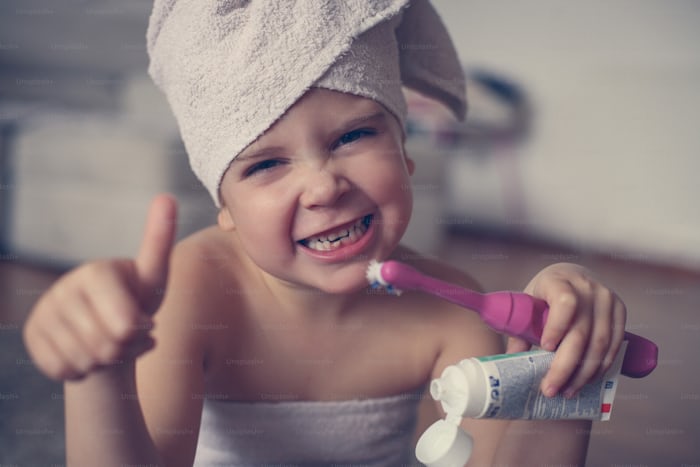
- Keep Toothpaste Out of Children’s Reach: For families with young children, storing toothpaste in a secure spot is crucial. Since children are naturally curious, they may see a colorful tube and think it’s safe to taste. To avoid accidental swallowing, store toothpaste on a high shelf, in a closed cabinet, or in a drawer that’s difficult for them to access. Consider childproof locks if your bathroom setup allows, and remind older kids why it’s important to keep toothpaste out of reach.
- Opt for Child-Safe Toothpaste Caps: Many toothpaste brands now offer child-resistant caps that require a squeeze-and-turn motion to open. Choosing these options can help prevent young kids from opening the tube on their own. This simple feature is a great extra layer of safety for households with little ones.
- Teach Proper Toothpaste Use Early: While safe storage is essential, teaching kids how to use toothpaste responsibly is equally important. Show them the correct amount to use (a pea-sized dab for children) and explain why swallowing toothpaste isn’t safe. Supervision is key, so try to monitor younger children during brushing sessions until they’re old enough to manage on their own.
- Avoid Leaving Toothpaste Out in Common Areas: It’s convenient to leave toothpaste on the bathroom counter, but if you share a bathroom with multiple people, consider storing it in a drawer or cabinet. This reduces the chance of it falling into little hands or being mistaken for something edible by guests who might not be familiar with your setup. Keeping toothpaste out of open areas also prevents accidental spills or misuse.
- Label Toothpaste Clearly if You Have Special Types: If you have multiple types of toothpaste at home (for example, sensitive, medicated, or children’s formulas), label each one clearly. This helps avoid mix-ups, especially if one toothpaste is for specific medical needs. Proper labeling can also help guests or caregivers in your home know which toothpaste is safe for kids and which might contain stronger ingredients.
In summary, safe storage practices for toothpaste help ensure that it’s used correctly and kept out of the hands of young children. With a few simple steps, you can make your home safer and give yourself peace of mind when it comes to everyday dental care products.
Prevention Is Key: Safe Toothpaste Handling Tips
Preventing accidental toothpaste ingestion is far easier than managing its potential consequences. By implementing simple strategies, you can significantly reduce the risk of swallowing toothpaste
Proper Toothpaste Storage
- Keep toothpaste in locked cabinets.
- Store out of children’s reach.
- Use containers with child-resistant caps.
- Avoid leaving toothpaste unattended on bathroom counters
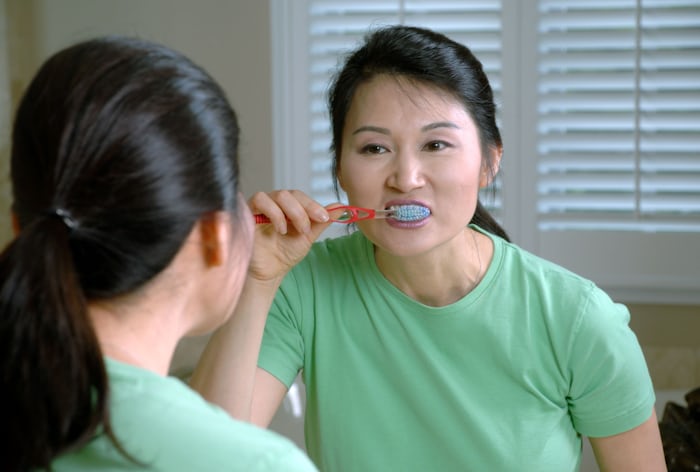
Smart Toothpaste Application Techniques
Use minimal toothpaste amount-
- Adults: Pea-sized amount recommended.
Children:
- Rice-grain sized amount for under 3, pea-sized for 3-6 years.
- Apply toothpaste directly to brush, away from curious children.
- Teach “spit, don’t swallow” technique consistently.
Choosing the Right Toothpaste
- Select ADA-approved toothpastes.
- Check fluoride concentration.
- Consider low-fluoride options for children.
- Read ingredient labels carefully- opt for toothpastes with minimal artificial additives
Alternative Dental Hygiene Strategies
1. For Young Children
- Use fluoride-free training toothpastes.
- Utilize finger brushes.
- Practice brushing with water initially
2. Adult Alternatives
- Consider tooth powders.
- Explore natural tooth cleaning methods.
- Use dental wipes for supplementary cleaning
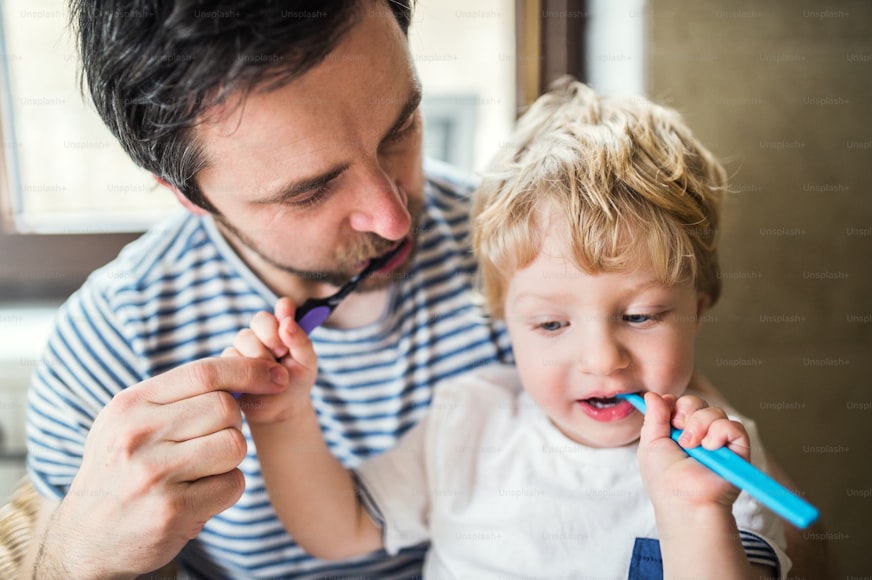
Educational Approaches(For Children)
- Demonstrate proper brushing techniques.
- Explain dental hygiene importance.
- Make oral care a positive experience.
- Use reward systems for consistent, safe brushing
When to Seek Professional Guidance
- Annual dental check-ups.
- Consult pediatric dentist for children’s oral care.
- Discuss specific concerns about toothpaste use.
- Get personalized recommendations
Safety Reminder: Supervision and education are your best tools in preventing accidental toothpaste ingestion.
Follow On:

